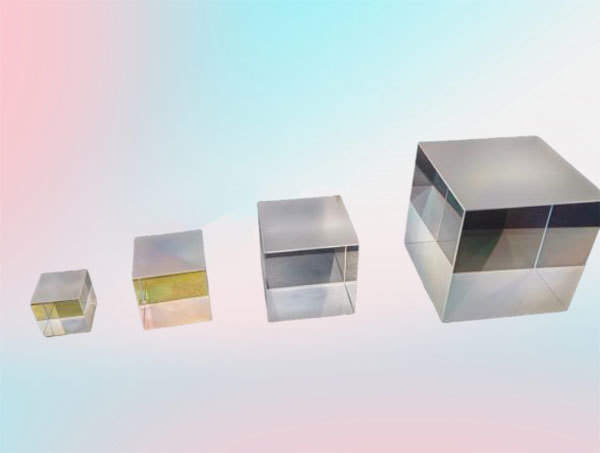What are the application prospects of lenses in the field of intelligent driving?
Release Time:
2025-05-15
outline: Higher precision environmental perception: With technological development, lenses will continue to be optimized, helping sensors such as cameras and lidar to capture environmental information more accurately, including clearer recognition of distant objects and providing high-quality images and data under low light or complex weather conditions, thereby improving the safety and reliability of autonomous driving systems. For example, lenses with new materials and designs can reduce aberrations and chromatic aberrations, improving imaging quality.
The application prospects of lenses in the field of intelligent driving are very broad. The following are some of the main development trends and prospect analyses:
Performance Improvement
Higher-precision environmental perception: With technological development, lenses will continue to be optimized, helping cameras, lidar, and other sensors to capture environmental information more accurately, including clearer identification of distant objects and providing high-quality images and data under low-light or complex weather conditions, thereby improving the safety and reliability of autonomous driving systems. For example, lenses with new materials and designs can reduce aberrations and chromatic aberration, improving imaging quality.
Deep integration with AI technology: By combining AI algorithms, lenses can more intelligently process light information, such as automatically adjusting focus and aperture parameters to adapt to different driving scenarios. AI can also be used to optimize the design and manufacturing process of lenses, improving production efficiency and product consistency.
Functional Expansion
Integrating more functions: Future lenses may integrate multiple functions. In addition to traditional imaging and focusing functions, they may also have functions such as light filtering and polarization adjustment to meet the diversified needs of intelligent driving systems for environmental perception. For example, integrating special filtering functions can enhance the perception of specific wavelengths of light, helping to identify traffic signs or special road markings.
Development of intelligent headlight lenses: Intelligent headlight lenses will not only be lighting tools but will also be closely integrated with the vehicle's autonomous driving system. They can automatically adjust the lighting mode, brightness, and irradiation range according to road conditions, vehicle speed, and ambient light, and even interact with other vehicles and infrastructure through vehicle networking technology to achieve more intelligent traffic flow control and safety warnings.
Technological Innovation
Application of new technologies such as planar lenses: Planar lenses, such as those developed by the University of Utah, have advantages such as being thin, compact, and requiring no focusing. They are expected to fundamentally change the design and performance of automotive cameras, making cameras smaller and more integrated, while reducing costs and improving system stability and reliability.
Potential of 3D-printed lenses: 3D printing technology has brought new possibilities to lens manufacturing, such as the 3D-printed Luneburg lens invented by Lunewave, which can be used in millimeter-wave radar systems for autonomous vehicles. It has high precision, omnidirectional detection, and cost advantages. With the continuous advancement of 3D printing technology, more types of lenses may be mass-produced and applied through 3D printing.
Market demand: With the popularization of intelligent driving technology and the increasing market share of autonomous vehicles, the demand for high-performance lenses will also continue to rise. Whether it is traditional automakers transforming to intelligence or emerging autonomous driving technology companies, a large number of high-quality lenses are needed to equip their vehicles and testing platforms, which will drive the rapid development of the lens market.
The Advantages of Using Birefringent Crystals in Optical Engineering
outline: The Advantages of Using Birefringent Crystals in Optical Engineering Table of Contents 1. Introduction to Birefringent Crystals 2. Understanding Birefringence 3. Unique Properties of Birefringent Crystals 4. Applications of Birefringent Crystals in Optical Engineering 4.1 Wave Plates 4.2 Polarizers 4.3 Interferometer
2025-12-16
Understanding Polarizing Optics: Enhancing Visual Clarity in Electronics
outline: Polarizing optics is a fascinating field that deals with the behavior of light waves as they interact with materials that can filter and manipulate light. This technology is widely used in various electronic components, especially in optoelectronic devices. Understanding the principles of polarizing optics can significantly enhance the performance of these devices, leading to clearer images and mo
2025-12-14
The Fundamentals of Optical Prism Geometry and Its Practical Applications
outline: The Fundamentals of Optical Prism Geometry and Its Practical Applications Table of Contents 1. Introduction to Optical Prisms 2. Understanding Geometric Properties of Prisms 3. Types of Optical Prisms 4. Light Refraction in Prisms 5. Applications of Optical Prisms 5.1 Prisms in Optical Instruments 5.2 Prisms in Spectroscopy 5.3 Pris
2025-12-12




